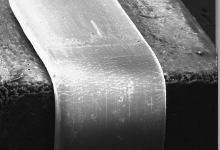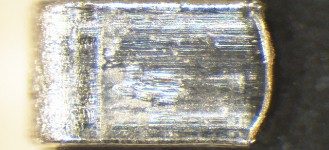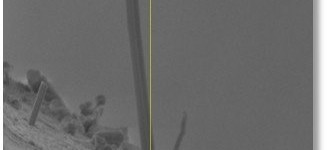Tin Whiskers grow spontaneously from pure-tinned and electroplated surfaces . They are a conductive hairy-like crystalline structures of, microscopic metal fibers that cause electrical short-circuits and failures, usually as a result of stress of some sort, sometimes is long enough to cause a big problem for some applications demanding high level of reliability.
In this section you will be able to obtain information and real results of how this process occurs and why it is produced. This test has taken place in our laboratories in Alter Technology with precise and concrete results:





